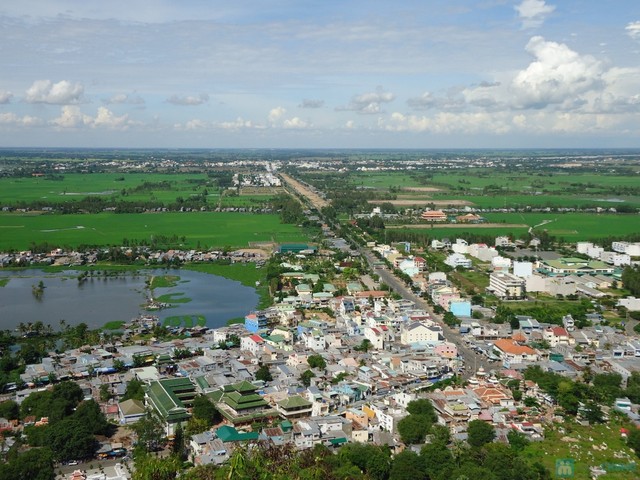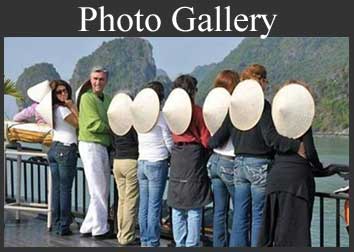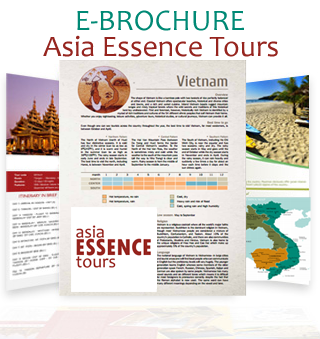Hue
.jpg)
Set along the banks of Perfume River, Hue used to be the capital of Vietnam between 1802 and 1945 under the reign of the Nguyen Emperors, later on under French colonial domination. In 1802, Emperor Gia Long of the Nguyen Dynasty moved the capital from Thang Long (Hanoi) to Hue, however in 1885 the French seized power, making the emperors nominal rulers only. The Nguyen’s made Hue a famous center of the arts, scholarship and Buddhist learning, but their extravagant building projects & luxurious lifestyle resulted in crippling taxes. Hue ceased to be the capital of Vietnam when Emperor Bao Dai abdicated in 1945, two years later a huge fire swept through the city & destroyed many of its wooden temples & palaces. From early 20th century, the city was embroiled in social & political unrest led by the anti-colonialists.
The Vietnamese regard Hue as the pinnacle of Vietnamese fashion, language and cuisine. The women of Hue, wearing the traditional “ao dai” and “non bai tho”, are reputed to be the most beautiful in all of Vietnam. The Hue accent is regarded as the most distinct and pleasing to the ear. The food, including local dishes such as: fried sweet potato, is said to be the tastiest.
The capital of the Nguyen Emperors, Hue is packed with temples, tombs, palaces and pagodas. In 1990 that the local People’s Committee recognized the potential of this place and declared these sites “national treasures”. In 1993 UNESCO designated the complex of monuments in Hue a World Heritage site, and restoration and preservation work continues.
The best time to visit Hue is from May to August when it tends to be driest.
The Festival of Hue is celebrated biennially in even-numbered years, with local and international cultural performances at some locations throughout the city.


.jpg)
.jpg)
.jpg)
.jpg)
.jpg)
.jpg)
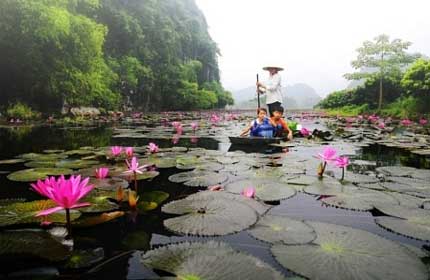
.jpg)
.jpg)
.jpg)
.jpg)
.jpg)
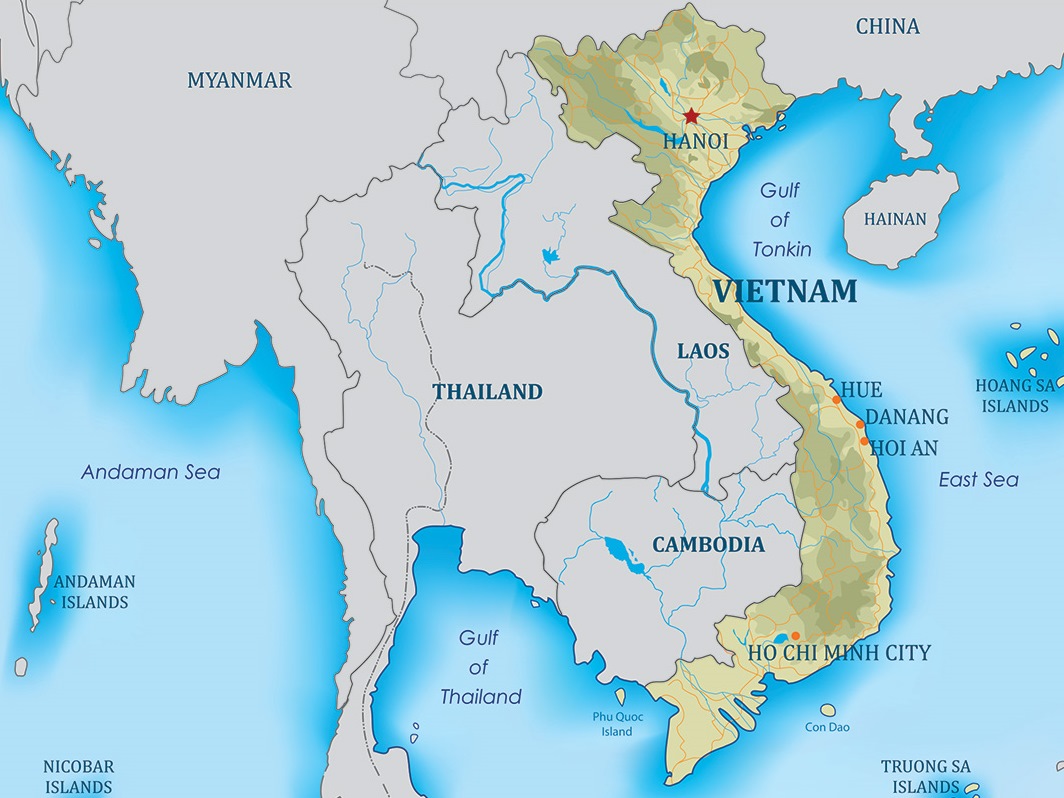
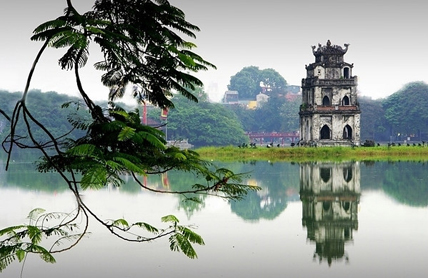
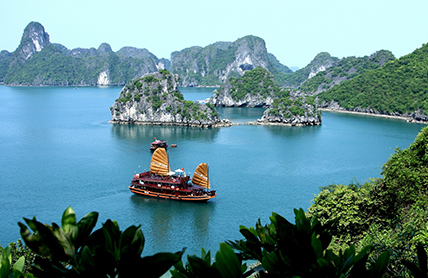
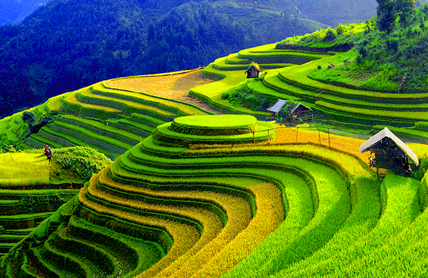

.jpg)
.jpg)
.jpg)
.jpg)
.jpg)
.jpg)
.jpg)
.jpg)
.jpg)
.jpg)
.jpg)

.jpg)
.jpg)
.jpg)
.jpg)
